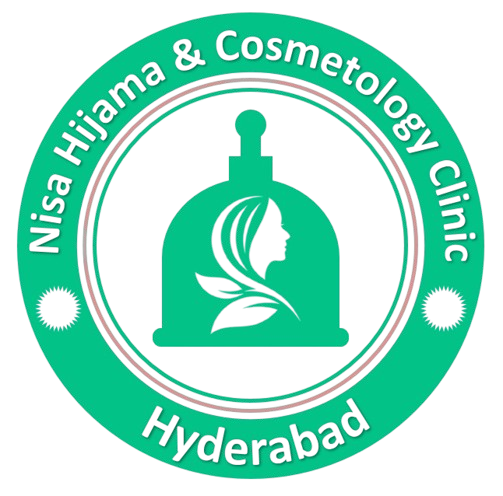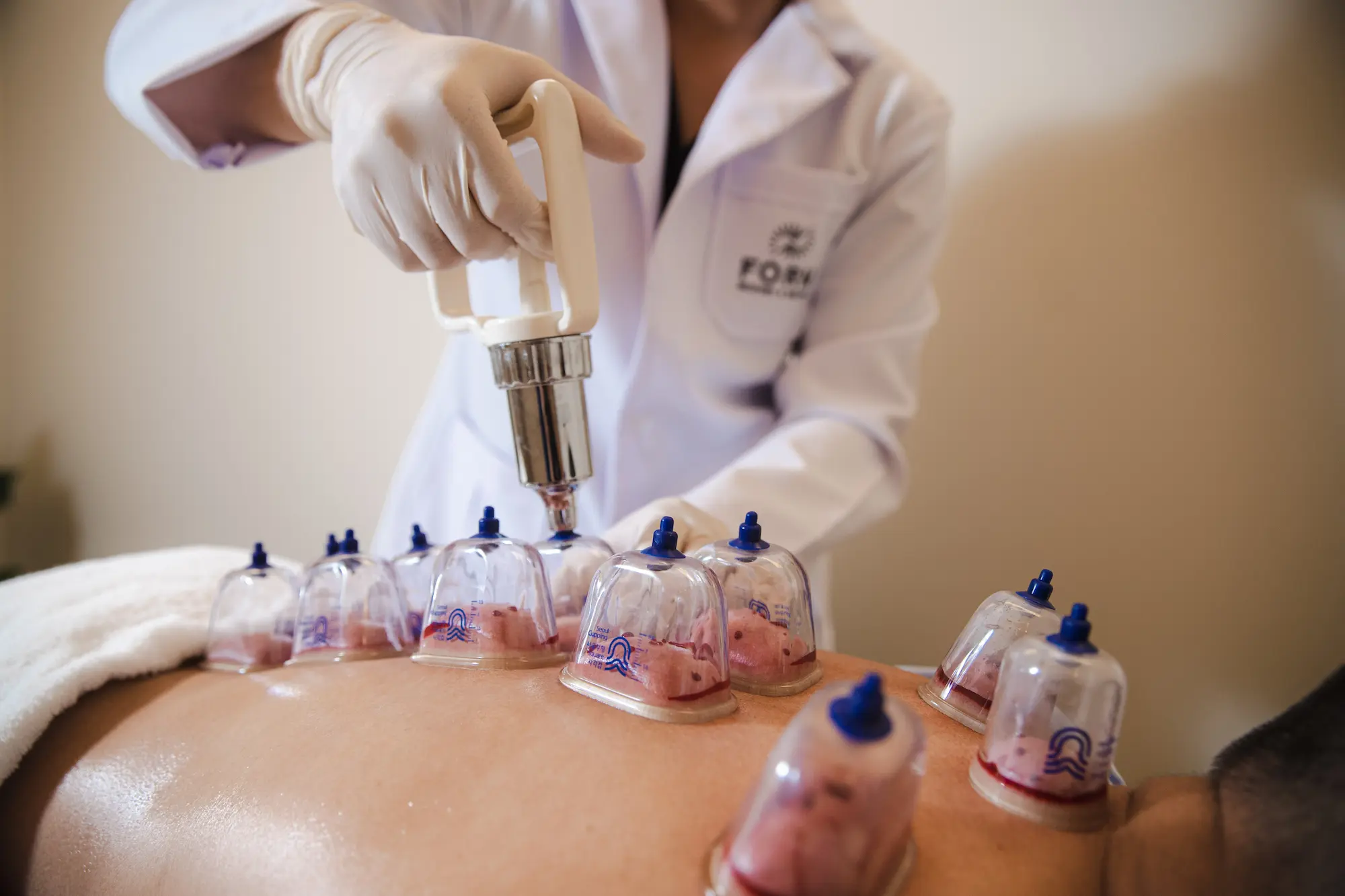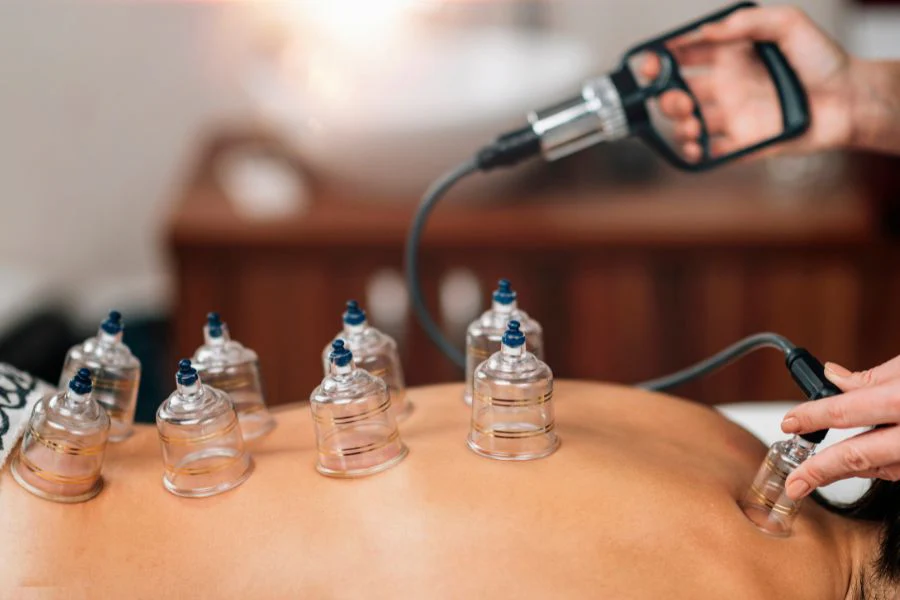Understanding Hijama Cupping Therapy: History, Benefits, and Techniques
Hijama cupping therapy, an ancient practice rooted in traditional Islamic medicine, has a rich history dating back centuries. Its origins can be traced to various cultures, but it is most prominently associated with Islamic tradition, where it is often referred to as the “medicine of the Prophet.” Historical texts and records indicate that Hijama was widely practiced in the Middle East, Asia, and parts of Europe, revered for its therapeutic benefits and holistic approach to health.
Over the years, Hijama cupping therapy has been utilized to treat a wide range of ailments. Traditionally, it was believed to balance the body’s energy, remove toxins, and promote overall well-being. This ancient practice has seen a modern resurgence, with increasing interest from both practitioners and patients worldwide. Anecdotal evidence, alongside contemporary scientific research, supports its efficacy in addressing various health concerns, including pain relief, detoxification, and improved blood circulation.
Hijama involves several techniques, each with unique applications and benefits. The most common methods include dry cupping, wet cupping, and fire cupping. In dry cupping, cups are placed on the skin to create suction, drawing blood to the surface and facilitating healing. Wet cupping, or Hijama in its traditional form, involves making small incisions on the skin before applying the cups, allowing for the removal of stagnant blood and toxins. Fire cupping, an ancient technique, utilizes the heat from a flame to create suction within the cups, enhancing the therapeutic effects.
The process of Hijama cupping therapy begins with thorough preparation. The skin is cleaned and disinfected to prevent infection. During the procedure, the practitioner applies the cups to specific points on the body, creating a vacuum that draws the skin and superficial muscles into the cup. In wet cupping, small incisions are made prior to applying the cups. After a few minutes, the cups are removed, and the area is cleaned again. Proper aftercare, including rest and hydration, is crucial to maximize the benefits and promote healing.
Hijama cupping therapy offers numerous therapeutic benefits. It is widely recognized for its ability to detoxify the body, relieve pain, and enhance blood circulation. Many patients report improved overall well-being, reduced inflammation, and increased energy levels following treatment. As interest in alternative and complementary therapies grows, Hijama continues to gain recognition for its holistic approach to health and its potential to support modern medical practices.
Integrating Hijama with Cosmetology: Enhancing Beauty and Wellness
The seamless integration of Hijama cupping therapy within modern cosmetology clinics has paved the way for innovative and holistic beauty treatments. By combining the ancient practice of Hijama with contemporary cosmetic techniques, practitioners can offer clients a comprehensive approach to beauty and wellness. This integration leverages the unique benefits of Hijama, known for its detoxifying and rejuvenating properties, to enhance traditional cosmetology treatments.
Hijama cupping therapy can address a variety of cosmetic concerns effectively. For instance, individuals struggling with acne may find relief as Hijama helps to clear toxins from the skin, reducing inflammation and promoting healing. Skin rejuvenation is another area where Hijama excels; the increased blood circulation and removal of stagnant blood can lead to a more radiant and youthful complexion. Additionally, the anti-aging benefits of Hijama are noteworthy. The therapy stimulates collagen production and improves skin elasticity, helping to minimize the appearance of fine lines and wrinkles.
The principles of Hijama align well with holistic beauty approaches, which emphasize the importance of internal health for external beauty. By focusing on detoxification and improving blood flow, Hijama supports the body’s natural healing processes, promoting overall well-being. This holistic approach ensures that beauty treatments are not just skin-deep but also contribute to the client’s overall health.
Numerous case studies and testimonials highlight the positive outcomes of combining Hijama with cosmetology. Clients have reported significant improvements in their skin conditions and overall appearance after undergoing integrative treatments. For example, one client suffering from chronic acne experienced a notable reduction in breakouts and improved skin texture after a series of Hijama sessions combined with traditional facials.
For practitioners, effectively combining Hijama with cosmetology requires specialized training and expertise. Understanding the principles of both fields and how they can complement each other is crucial. Practitioners must be skilled in the techniques of Hijama and knowledgeable about its contraindications to ensure safe and effective treatments. Continuous education and certification in both Hijama therapy and cosmetology are essential to provide clients with the highest standard of care.




